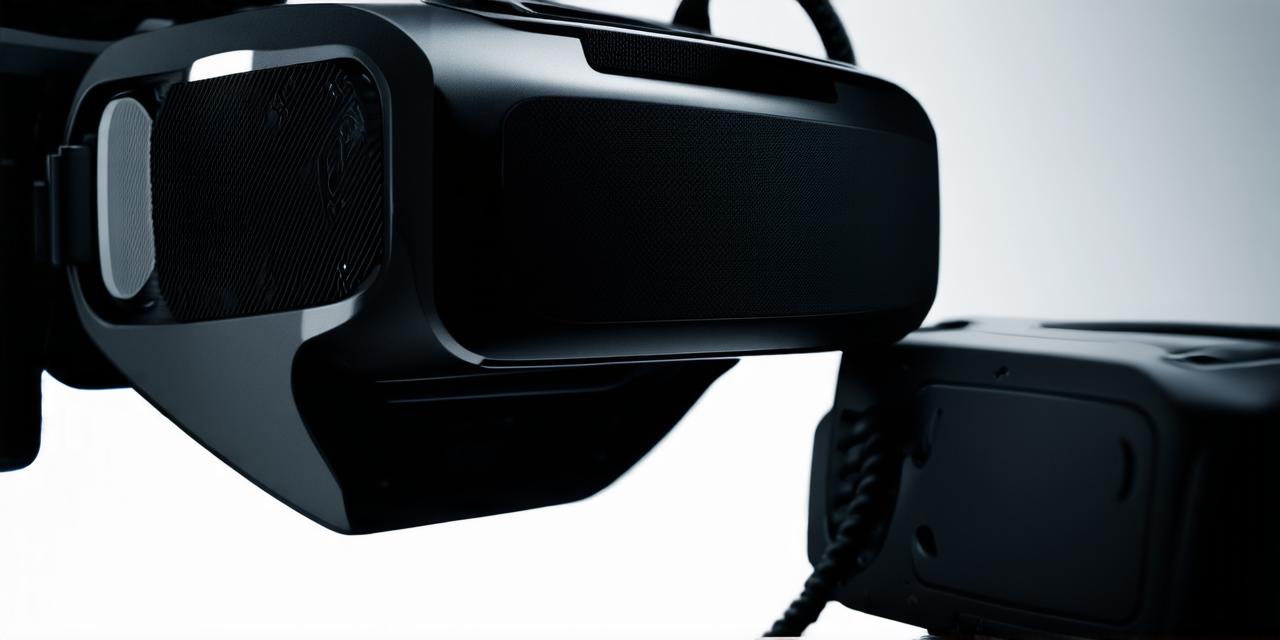Introduction
Frame rate is a crucial component of virtual reality technology, and it determines how realistic and immersive the VR experience can be. The frame rate refers to the number of frames per second (fps) that are displayed on the screen of a VR headset. A higher frame rate means that more images are being displayed in quick succession, resulting in a smoother and more realistic experience. In this article, we will explore what frame rate signifies in a virtual reality headset and why it is important for a seamless VR experience.
Frame rate vs. refresh rate
It is common to confuse frame rate with refresh rate, but they are different concepts. Refresh rate refers to the number of times the screen of a device is refreshed per second, while frame rate refers to the number of frames displayed per second. A high refresh rate ensures that the display appears to be constantly updated, resulting in a smoother experience. On the other hand, frame rate determines how many images are being displayed per second, which affects the perceived motion and realism of the VR environment.
Frame rate and motion sickness

Frame rate plays a crucial role in preventing motion sickness in virtual reality. When the frame rate is too low, the user’s brain receives conflicting signals about the position and movement of their body, resulting in nausea and discomfort. A higher frame rate ensures that the VR environment appears to move smoothly and seamlessly, reducing the risk of motion sickness.
Frame rate and graphics quality
Frame rate also affects the graphics quality of a VR experience. A higher frame rate allows for more detailed and realistic graphics, resulting in a more immersive experience. However, it is important to note that achieving a high frame rate requires a powerful computer or gaming console, which can be expensive.
Frame rate and input lag
Input lag refers to the delay between when the user moves their head or body and when the VR environment responds. A low frame rate can result in higher input lag, making it more difficult for the user to interact with the VR environment. A higher frame rate reduces input lag, resulting in a more responsive and intuitive VR experience.
Conclusion
In conclusion, frame rate is an essential component of virtual reality technology that determines how realistic and immersive the VR experience can be. A high frame rate ensures a smooth and seamless VR environment, reducing the risk of motion sickness and improving graphics quality. It is important to consider the frame rate when selecting a VR headset or gaming console to ensure the best possible experience.
